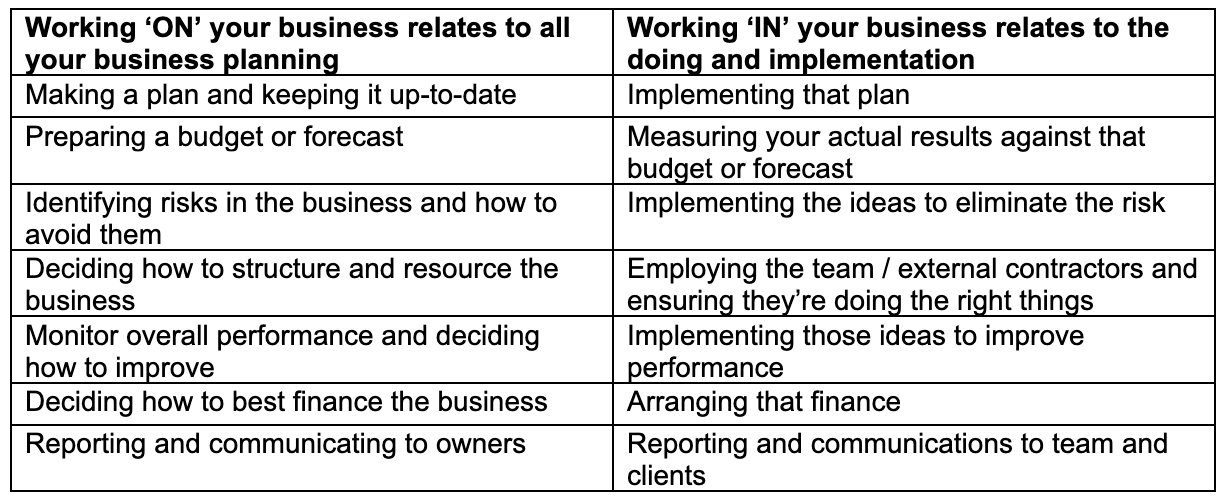
Honesty is Not a Core Value: Why You Must Dare to Stand Out
Ask any business owner what their values stand for, and you’ll often hear the same list: honesty, professionalism, and quality. All great things, but here’s the uncomfortable truth:
These aren’t core values.
They’re the bare minimum.
Customers expect honesty. They assume professionalism. They take quality as a given. Touting these as your firm’s values doesn’t make you memorable, it just make you one of the same.
In today’s competitive landscape, your ability to stand out matters more than ever.
What real core values look like
Real values express your unique identity. They make your team say, “Yes, that’s us.” They make your customers think, “I feel that every time I work with them.”
Here are some examples of real, human-centred values that resonate:
Family First
Remembering our purpose in life
Enduring Relationships
Being there with care and respect
Keeping It Real
Practical and proven solutions
Empowerment
Believing in you
Fun
Because life is too short
Each one tells a story. Each one sets a tone. Each one builds an emotional connection, which is exactly what you need if you’re serious about becoming your clients’ trusted advisor.
The Power of Simplicity: 3 Words, 7 Words
To make values stick, keep them short and sharp. Here’s the rule:
- Three words or fewer per value
- Seven words or fewer to define it
Why? Because you need them to be memorable. If your team can’t recite your values, how can they live them?
What to Do Next
-
- Audit your current values – are they generic or unique? Do they tell your story?
- Define 3 or fewer real core values – make them emotional, memorable, and personal.
- Keep each one under 7 words – clarity wins.
- Share them – make them visible, repeatable, and part of your daily conversations.
- Live them – give your team permission to call each other in (not out) when values are missed.
You’ll be amazed how this small shift transforms your culture and opens the door to a more advisory-driven business.
As Dr. Seuss said:
“Why fit in when you were born to stand out?”*
The following content was originally published by BOMA. We have updated some of this article for our readers.





